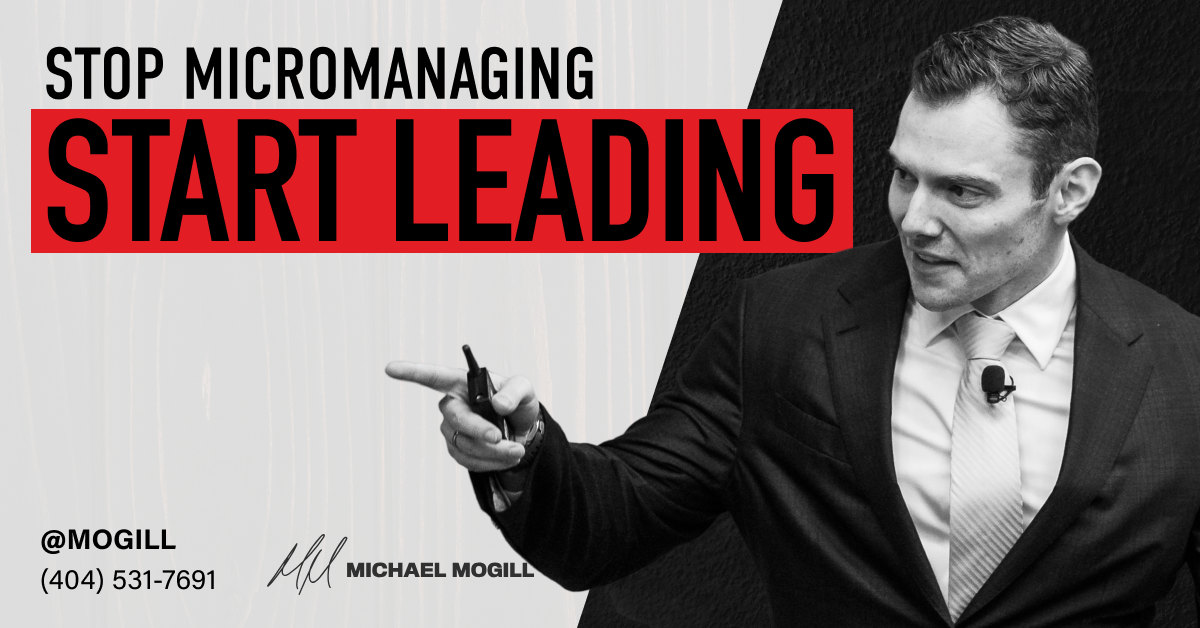Bringing new people onto your team is an exciting part of growing your business. Of course, you want them to make an impact as soon as possible — and they want that too. But it’s crucial to take strategic actions that will set that new hire up for success right from the start.
Here’s what we do at Crisp:
No one comes in on their first day and is told to get to work. There is a structured onboarding process broken into 30-, 60-, and 90-day plans. We lay out the expectations for each phase of their onboarding, and we clearly lay out how we will train and develop them.
Every new hire attends a “Crisp 101” training that catches them up on how the company began, what we’re all about, our product mix, who we work with, and so on — all the things you have to learn to be able to be successful here and understand any context that will go into their role.
It’s the same every single time, for every single new hire. Of course, the 30-, 60-, and 90-day plan is different for someone depending on the role and the department, but there are key, overarching orientation and training that remain the same.
For each new team member who comes in, their experience in their first 90 days is very much systematized, structured, and delivered in a consistent way. If you are not doing that well, then some people are getting the message while others are not. You have a lot of variability. You don’t know if somebody’s really brought up to speed or whether they know what the expectations are, and then their success is really a roll of the dice.
But with our structured onboarding process, our aim is to make sure that the only reason someone would not be successful as a new Crisp team member is not because of a lack of information, not because of a lack of training, and not because of a lack of development. If someone doesn’t put forth the effort, that’s on them. But everything else we aim to control for.
In addition to structured, clear onboarding and training, we also set new hires up for success by ensuring we have strong feedback loops in place. We want to make sure we’re training and developing our new team members in ways that are beneficial.
We are constantly asking things like, “How’s your training going? Give us feedback on your 30-day plan, the 60-day plan, the 90-day plan.”
At our leadership meetings, we’re constantly evaluating new hires and ensuring we know how they’re performing and where they stand. If you have the right data and insights to know how somebody is doing, you can make informed investments in them.
By emphasizing those first 90 days like this, we set new hires up to start driving value for the organization as quickly as possible.
I also want to emphasize that for every single team member, we have all of this laid out not only before they are hired, but before we even post a job listing. No one ever starts at Crisp and has to ask what they will be doing.
I believe that the only reason that someone does not like what they’re doing is because they don’t know what they’re doing.
If a team member comes to you and they’re frustrated and struggling, in many cases it’s just because they don’t have a proven path to being successful. They just don’t know what is expected of them. They don’t know how to succeed.
Of course, there are elements of this where you need to encourage critical thinking so they learn to solve problems themselves, but clarity is kindness.
If somebody doesn’t know what is expected of them, that’s going to put them in a very variable state: “What does great look like? I don’t know. What do you expect of me? I delivered X, but you were looking for Y.”
You never want to have different definitions of what is value to you and the organization vs. what is value to them.
If you ever get to the 90-day mark with a new hire and have to tell them it’s not a fit and you want to part ways, that should never be a surprise to anybody.








